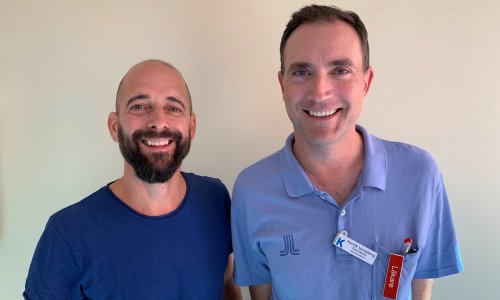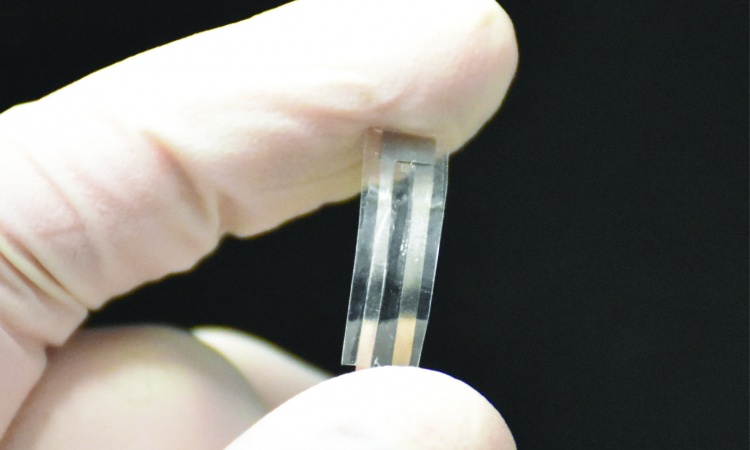Seeing is believing
Virtual observation of patients taking prescribed TB medication could prove an effective technique to ensure they effectively complete their treatment course, according to research presented at the European Respiratory Society (ERS) Annual Congress held in Barcelona.


The new study suggests an alternative method to directly observed treatment (DOT), which is recommended by the World Health Organisation. Directly observing treatments is often time consuming for a patient and is resource intensive for outreach projects, which seek to help people who may not wish to visit a clinic.
Instead, the virtually observed treatment (VOT) method requires people to use their mobile phones to send their healthcare provider a short video of themselves taking the medication. After an initial visit to the clinic, this can be completed remotely, with any issues being followed up when necessary.
Researchers from the Royal Free London NHS Foundation Trust piloted the effectiveness of the VOT technique. Nine people needing DOT commenced the programme. Two people returned no clips during the first week and were returned to the clinic-based approach. Of the remaining seven, six people returned video clips for a minimum of 95% of all treatment encounters.
Overall, the researchers observed 86% of scheduled doses. They concluded that this was a feasible method of monitoring TB treatment programmes in people able to use VOT. ‘These preliminary findings suggest that telemedicine can help us overcome the difficulties we’ve seen in directly monitoring patients taking their medicine,’ said lead author, Sara Hemming. ‘Some people are unable or unwilling to visit clinics for a variety of reasons, but by enabling healthcare professionals to virtually monitor patients, we can still ensure effective medication use without the need for a one-to-one session. This has the potential not only to reach people who are otherwise unengaged, but also reduce costs and resources. A larger trial comparing the two techniques is needed to ensure the safety and reliability of this technique, and also determine who benefits most from this approach.’
European Respiratory Society President, Professor Francesco Blasi, added: ‘The European Lung White Book, launched this week, calls on countries with high rates of TB, to set up strategies to manage the large numbers of people with drug-susceptible and multidrug-resistant-TB (MDR-TB). The study shows one way that could improve the effectiveness of treatments for people who are particularly hard-to-reach. The outcomes of this pilot study are positive and I look forward to seeing the results of a larger trial.’
18.11.2013











